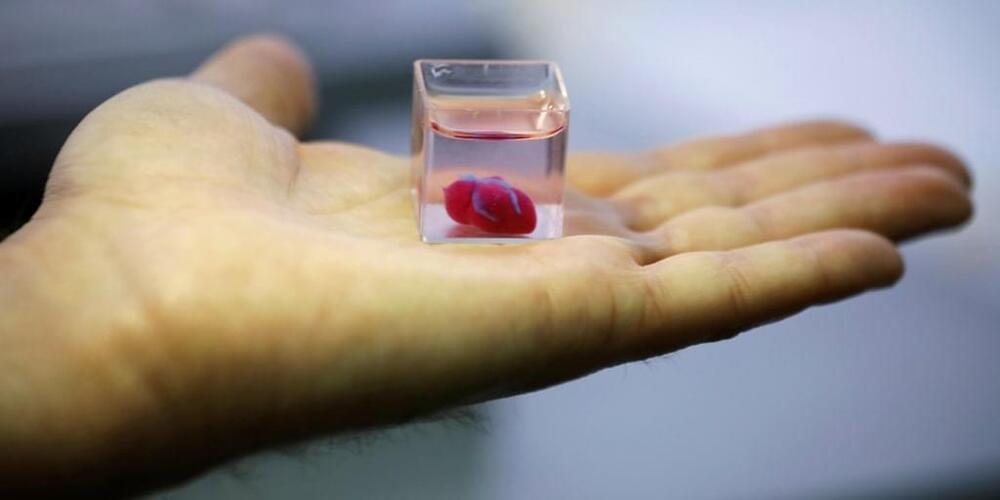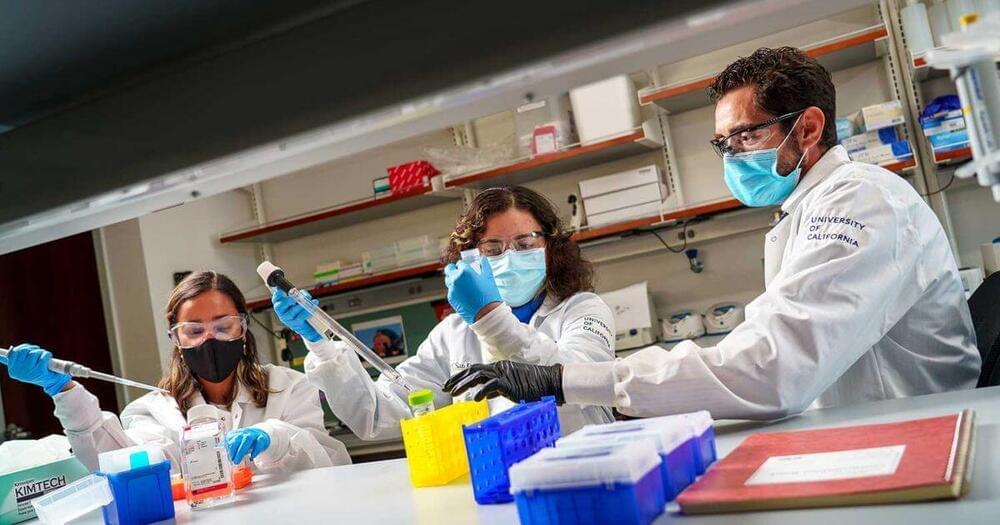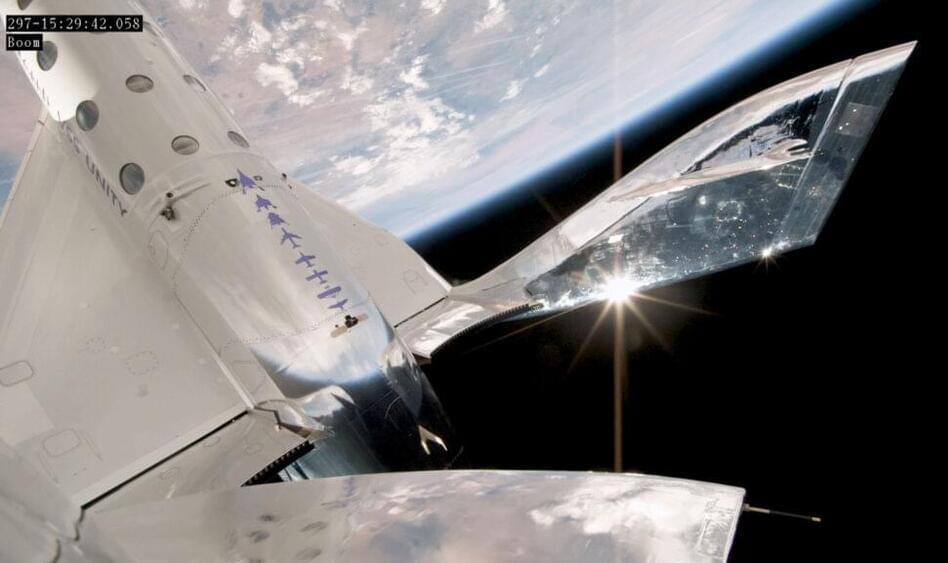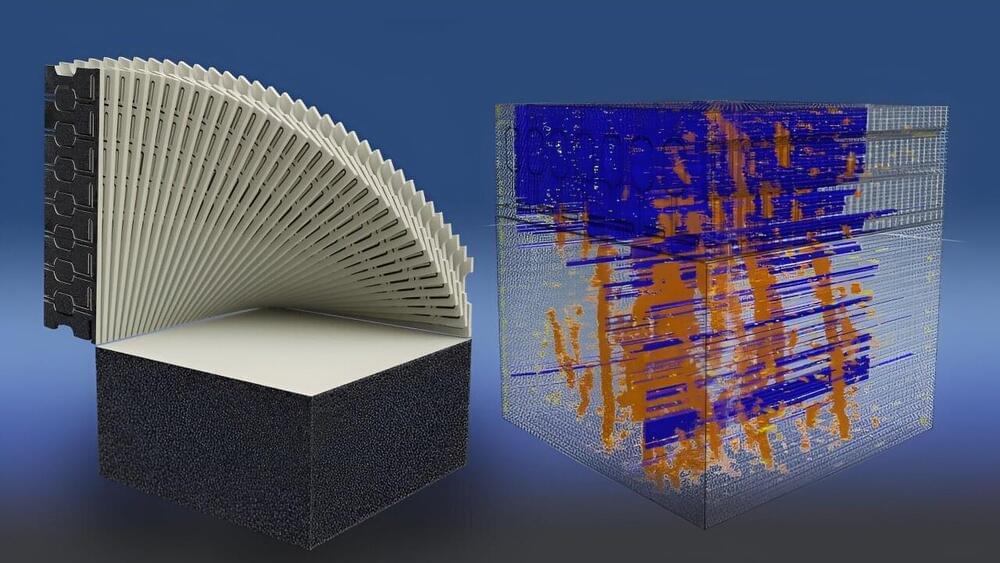Year 2019 face_with_colon_three
The team created a cell-containing “bioink” and used it to 3D print the organ layer by layer.


Microalgae such as the diatom Odontella aurita and the green alga Tetraselmis striata are especially suitable as “biofactories” for the production of sustainable materials for 3D laser printing due to their high content in lipids and photoactive pigments. An international research team led by Prof. Dr Eva Blasco, a scientist at the Institute for Molecular Systems Engineering and Advanced Materials (IMSEAM) of Heidelberg University, has succeeded for the first time in manufacturing inks for printing complex biocompatible 3D microstructures from the raw materials extracted from the microalgae. The microalgae-based materials could be used in future as the basis for implants or scaffolds for 3D cell cultures.
The research has been published in Advanced Materials (“Printing Green: Microalgae-Based Materials for 3D Printing with Light”).
A new ink system, based on the microalgae Odontella aurita and Tetraselmis striata, enables the manufacturing of complex 3D microstructures with high quality and precision. (Image: Clara Vazquez-Martel)

I have a new essay out via the wonderful site Merion West. The article is based on some of my experimental writings at Oxford. I hope you’ll read and consider it. I’m highly worried life extension science isn’t moving forward fast enough!
“Sadly, biological humans are likely to be mortal for centuries more, unless a dramatic increase of both resources and life extension scientists are marshaled.”
Certain well-known gerontologists and longevity experts around the world believe that sometime in this century—probably in the next 15–50 years—medicine will likely overcome and cure most forms of disease, and even death itself. Billionaires such as Meta’s Mark Zuckerberg, Amazon’s Jeff Bezos, Alphabet’s Larry Page, and Oracle’s Larry Ellison have jumped on board, pledging billions of dollars to “conquering all disease by this century” and mortality altogether.
These business titans hope age reversal techniques via genetic editing therapies, stem cell rejuvenation, 3D bioprinting of organs, and the widespread creation of synthetic organs like artificial hearts could keep people indefinitely young and healthy. If biological human death from disease and aging are overcome, then only catastrophic accidental death—such as an airplane crash or incineration—can kill people. (Accidental death in this vein accounts for about seven percent of all deaths in the United States.)
Transhumanists believe that the human being is like a machine—an entity that can be fixed and made to overcome nearly all biological death. The question is how fast can this be done? If the human being is indeed a machine-like entity as nearly all credible scientists propose, then the answer almost certainly rests not in the limits of biology but, rather, in the amount of work and resources put into the life extension field.
Don’t miss the new Deadpool and Wolverine themed mode and limited login rewards in MARVEL SNAP! Use my link to download the game and play! ► https://www.inflcr.co/SHKhF
Big thank you to all our partners who made this project possible:
JLC3DP — Professional 3D printing and machining ► https://jlc3dp.com/?from=hacksmith.
JLCPCB photosensitive resin From ► $1 https://jlc3dp.com/help/article/197-8…
Integran: Metallurgical Nano Technology ►https://www.integran.com/
Canmax Medical Imaging ► https://www.cmimri.ca/ \& @canmaxmedicalimaging on Instagram.
Dr. Kahn ► https://eterna.health/ \& @dr.akhan on Instagram.
Conestoga College ► https://www.conestogac.on.ca/
PRUSA XL 3D printer ► https://www.prusa3d.com/en/product/or…
Hustle Monster Creative — Credit for building the fantastic Wolverine Suit! ► https://www.etsy.com/shop/JimsArmor.
My favorite new 3D scanner ► https://global.revopoint3d.com/produc…
Learn more about the Smith Blade ►https://hacksmith.store/pages/the-smi…
Watch the extended cut with real organic bone testing on Nebula ► https://nebula.tv/videos/hacksmith-co…
GET MERCH ► https://www.Hacksmith.store.
Become a Hacksmith member get exclusive perks! ► / @hacksmith.
SOCIAL

Imagine a crew of astronauts headed to Mars. About 140 million miles away from Earth, they discover their spacecraft has a cracked O-ring. But instead of relying on a dwindling cache of spare parts, what if they could simply fabricate any part they needed on demand?
A team of Berkeley researchers, led by Ph.D. student Taylor Waddell, may have taken a giant leap toward making this option a reality. On June 8, they sent their 3D printing technology to space for the first time as part of the Virgin Galactic 7 mission.
Their next-generation microgravity printer—dubbed SpaceCAL—spent 140 seconds in suborbital space while aboard the VSS Unity space plane. In that short time span, it autonomously printed and post-processed a total of four test parts, including space shuttles and benchy figurines from a liquid plastic called PEGDA.

Chip design can rapidly and efficiently test for multiple pathogens simultaneously, potentially reducing foodborne illness. Researchers have developed a new method for detecting foodborne pathogens that is faster, cheaper, and more effective than existing methods. Their microfluidic chip uses light to detect multiple types of pathogens simultaneously and is created using 3D printing, making it easy to fabricate in large amounts and modify to target specific pathogens. The researchers hope their technique can improve screening processes and keep contaminated food out of the hands of consumers.
Every so often, a food product is recalled because of some sort of contamination. For consumers of such products, a recall can trigger doubt in the safety and reliability of what they eat and drink. In many cases, a recall will come too late to keep some people from getting ill.
In spite of the food industry’s efforts to fight pathogens, products are still contaminated and people still get sick. Much of the problem stems from the tools available to screen for harmful pathogens, which are often not effective enough at protecting the public.

The Department of Energy’s Oak Ridge National Laboratory has publicly released a new set of additive manufacturing data that industry and researchers can use to evaluate and improve the quality of 3D-printed components. The breadth of the datasets can significantly boost efforts to verify the quality of additively manufactured parts using only information gathered during printing, without requiring expensive and time-consuming post-production analysis.
Data has been routinely captured over a decade at DOE’s Manufacturing Demonstration Facility, or MDF, at ORNL, where early-stage research in advanced manufacturing coupled with comprehensive analysis of the resulting components has created a vast trove of information about how 3D printers perform. Years of experience pushing the boundaries of 3D printing with novel materials, machines and controls have provided ORNL with the unique ability to develop and share comprehensive datasets. The newest dataset is now available for free through an online platform.
The conventional manufacturing industry benefits from centuries of quality-control experience. However, additive manufacturing is a newer, non-traditional approach that typically relies on expensive evaluation techniques for monitoring the quality of parts. These techniques might include destructive mechanical testing or non-destructive X-ray computed tomography, which creates detailed cross-sectional images of objects without damaging them.

Scientists at the European Space Agency have designed and 3D printed bricks that are similar to LEGO pieces and are made out of 4.5-billion-year-old meteorite dust. The pieces, called ESA Space Bricks, are part of an initiative to develop clean and sustainable buildings on the Moon that lunar settlers could live and work in. In theory, astronauts could use materials readily available on the lunar surface to build structures, launch pads, and other vital pieces of infrastructure without having to solely rely on Earth-made supplies.
But why did the scientists end up going with the LEGO-inspired design for their ESA Space Bricks? While the bricks are not currently intended to be used to construct anything on the Moon, their existence does prove to researchers that it is possible to 3D print durable interlocking building bricks out of lunar materials.
“Nobody has built a structure on the Moon, so it was great to have the flexibility to try out all kinds of designs and building techniques with our space bricks,” says ESA Science Officer Aidan Cowley. “It was both fun and useful in scientifically understanding the boundaries of these techniques.”

